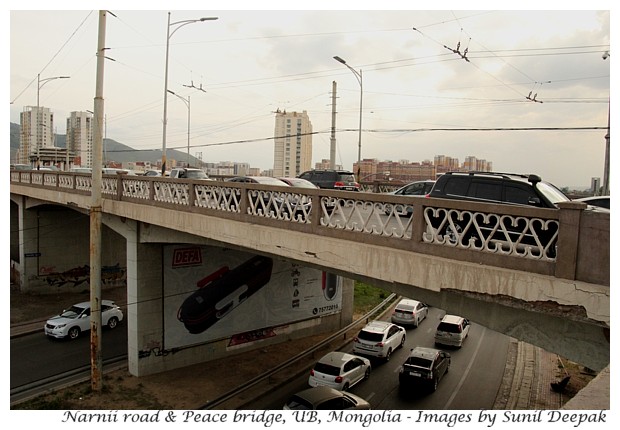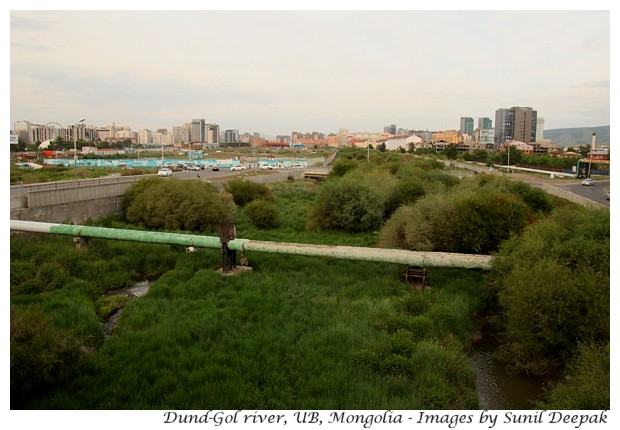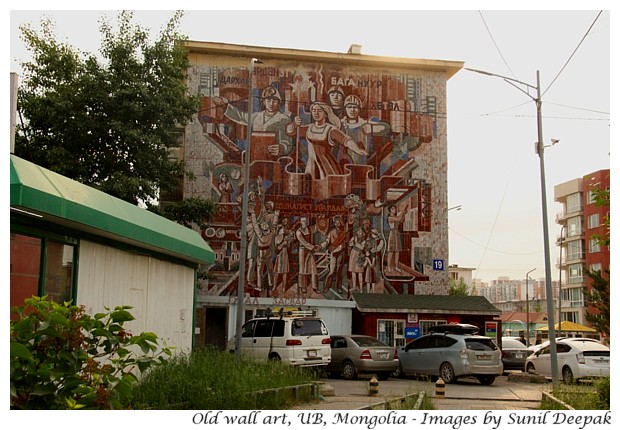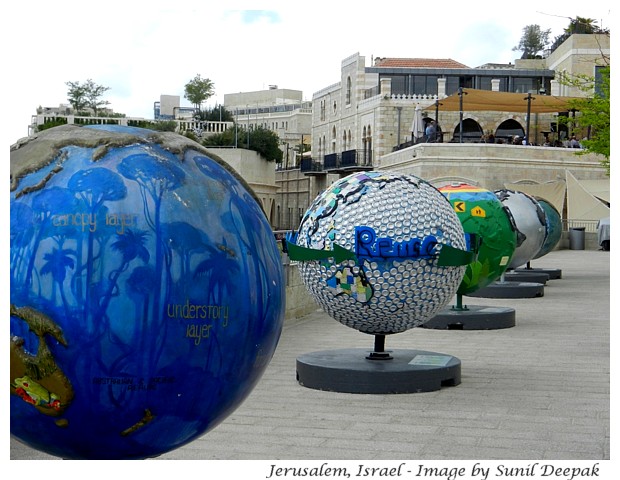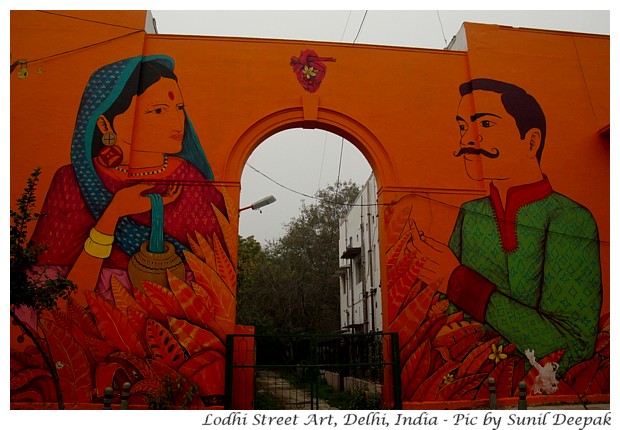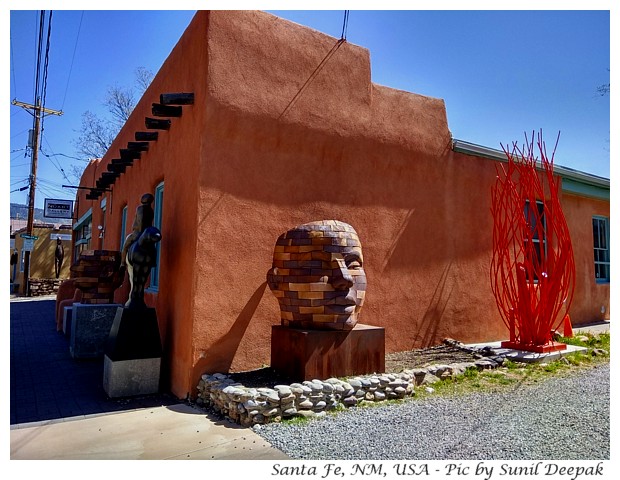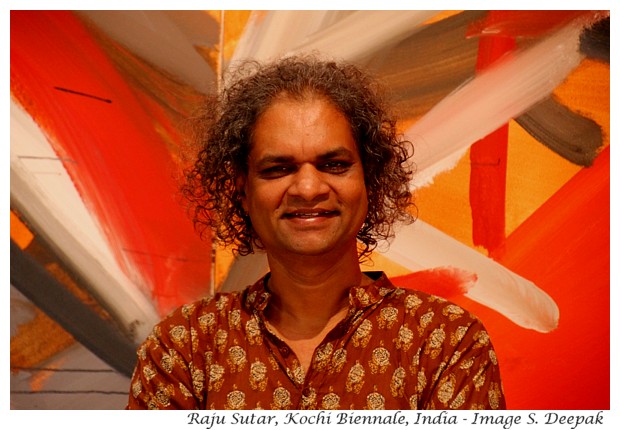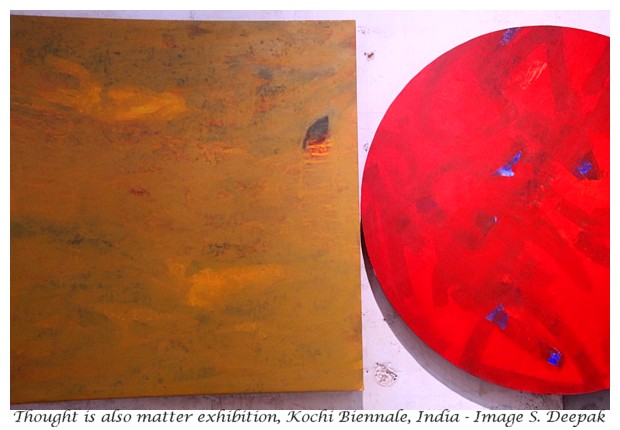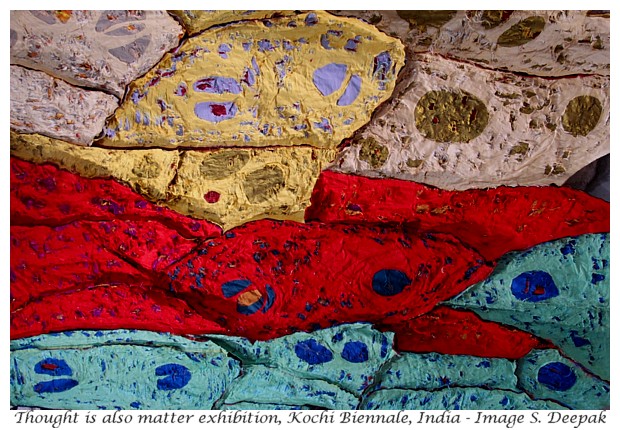This post is about this new park of Schio (VI, Italy), which is accessible to both adults and children with disabilities. It is a park for all, no one is excluded.
Lack of play opportunities and social interaction with other children hampers the proper development of children with disabilities.
Even adults with disabilities need accessible playgrounds for their children, so that they can accompany their children and play with them like all other parents.
Right to Play
Article 31 of the U.N. Convention on the Rights of the Child (1989), states that all children have a right to leisure, play, and participation in cultural and artistic activities. Irrespective of country, culture, religion, and social status, all children have always played from prehistoric times. You just need to look at baby animals to understand the importance of play in their growth and well-being. Yet, few persons think about children with disabilities and their right to play. Accessible playing grounds and parks are needed so that they can be children like all the others.Lack of play opportunities and social interaction with other children hampers the proper development of children with disabilities.
Even adults with disabilities need accessible playgrounds for their children, so that they can accompany their children and play with them like all other parents.
An Accessible Park and Playground
An accessible park and playground does not have stairs or narrow gates at the entrance. If it has stairs, it also has a ramp for the wheel chairs. Inside the park, there are suitable paths for wheel-chairs and crutches and persons with mobility problems. For the blind and low vision persons, the paths are well-marked and easy to see. At the path crossings, to help the blind persons, there are suitable surface marking which they can feel with their walking canes. Where necessary, even inside the park the stairs may be accompanied with ramps. They should have clear sign boards with both icons and texts to explain each play-structure. For blind persons recorded audio messages can also provide information.Accessible park does not mean that every play-structure will be accessible to all the children with disabilities. There can be specific play-structures for specific groups of children with disabilities, such as the swings for children on wheel-chairs. For the use of some or most play structures, help may be needed from adults or other children, as it happens for children without disabilities. Different age groups of children may also need adult supervision.
The park has a ramp for reaching the top of a slide, and each ride/play structure is marked in vivid colours. Each area is made of some soft material which acts like a cushion if you fall down. Some of the rides look strange, not usually seen in play grounds. Many of them have a futuristic look. The next time my grand daughter will come to visit me, I am planning to go back to this park and explore all these rides with her.
Accessible Park in Schio
The park is located in Magre part of Schio, on Via Pio X, next to Banca Alto Vicentino. The park has been partially completed with rides and play structures, while they still need to build the Baskin court (for playing modified basketball, which can be played together by all children including those on wheel chairs or with other disabilities - it was invented in the Italian city of Cremona in 2003). It is supposed to be the biggest accessible parks in the Veneto region.The park has a ramp for reaching the top of a slide, and each ride/play structure is marked in vivid colours. Each area is made of some soft material which acts like a cushion if you fall down. Some of the rides look strange, not usually seen in play grounds. Many of them have a futuristic look. The next time my grand daughter will come to visit me, I am planning to go back to this park and explore all these rides with her.
The park is not very well known, probably because it is not complete yet and there are no public sign boards to guide people to this place. It would be great if this park can be connected by a bicycle track or a passage to the larger park and cycle track on the other side of Alto Vicentino bank (along Via Campo Sportivo), because then more children can reach here without needing some adult to bring them here on a car.
This visit brought back a memory from Guyana (S. America) of many years ago. I had met two boys, 8-12 years old, both had a genetic muscular dystrophy, which was gradually becoming worse. The older boy was already on a wheel-chair, though he could still manage to climb stairs with difficulty. While I was talking to their grandmother, both the boys had found a slide and immediately climbed up to slide down and play (in the image below). There was no treatment for their condition and both boys were destined to get progressively worse. I remember the desperation of their grandmother and their joy in playing.
Conclusions
I think that the idea of making an accessible park is great. City municiple government and Alto Vicentino Bank along with other partners deserve our congratulations for thinking of it.This visit brought back a memory from Guyana (S. America) of many years ago. I had met two boys, 8-12 years old, both had a genetic muscular dystrophy, which was gradually becoming worse. The older boy was already on a wheel-chair, though he could still manage to climb stairs with difficulty. While I was talking to their grandmother, both the boys had found a slide and immediately climbed up to slide down and play (in the image below). There was no treatment for their condition and both boys were destined to get progressively worse. I remember the desperation of their grandmother and their joy in playing.
When we were visiting the accessible park of Schio, there was a man on a wheel chair with his family while a child on a wheel chair was playing on one of the rides. To see them in the park was the proof that all cities need such places, because we all have persons and children who can't enter playgrounds - they are waiting to come out of their homes and play with others.
*****
#accessibleparks #accessibleplayareas #accessiblesports #schio #italy









